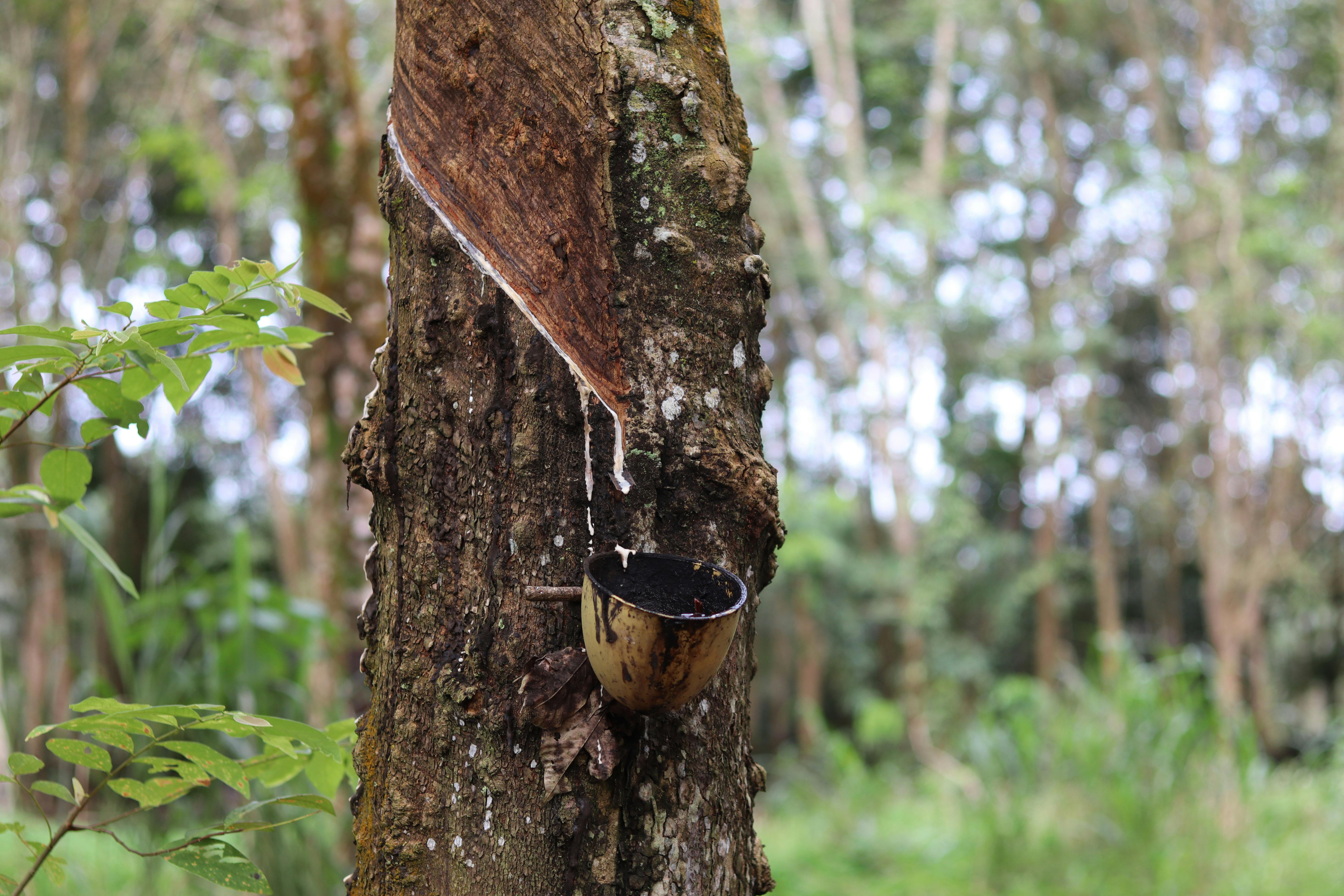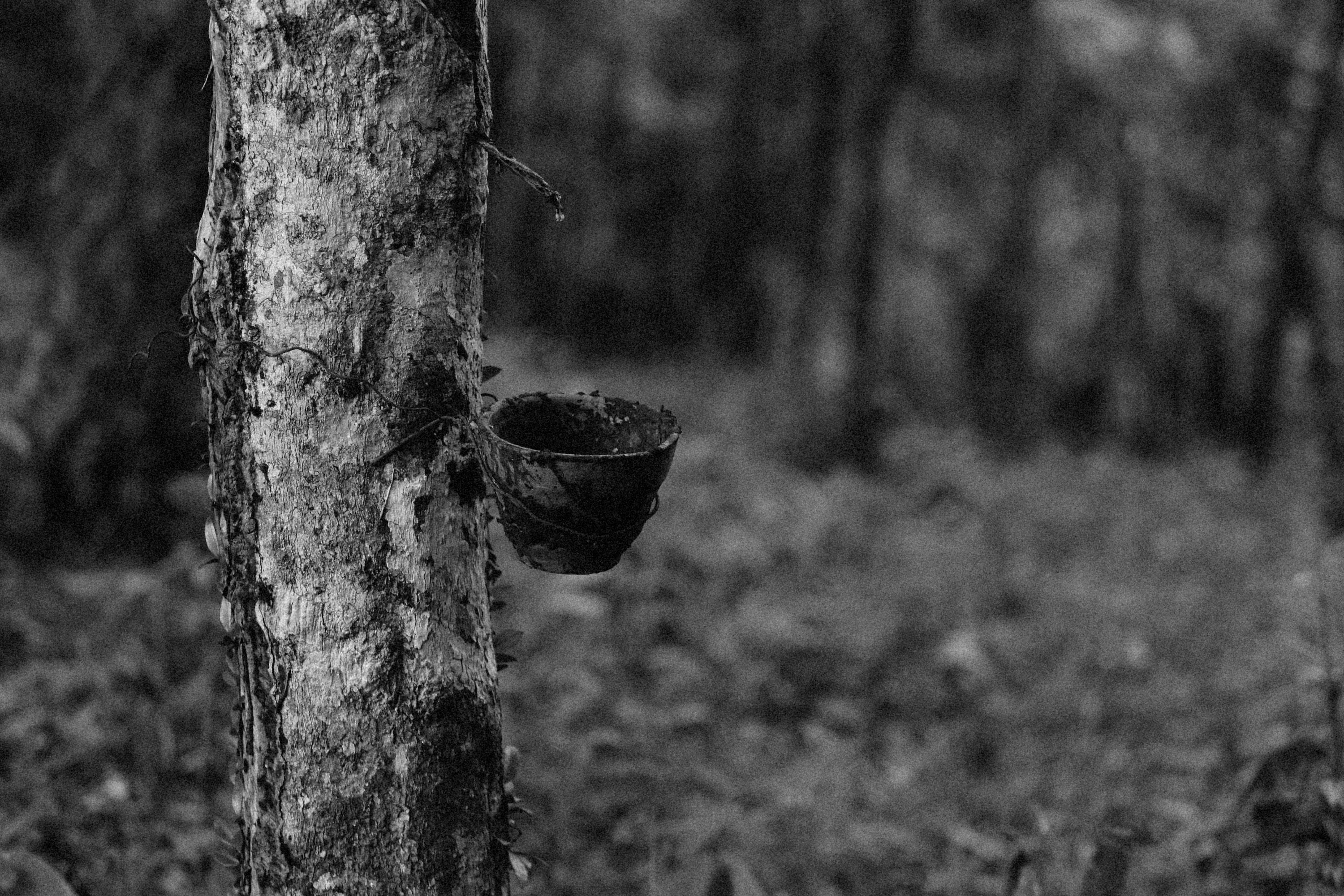Malaysia’s Rubber Revolution: How Smart Plantations Drive Sustainable Growth
Let me start with a question you probably haven’t heard today: What happens when a country famous for its rubber trees decides to reinvent the entire business of rubber production—from the soil all the way up to global supply chain strategy? As someone who’s watched Southeast Asia’s agricultural sector shift over the last decade (and honestly, I never expected rubber to become an innovation hot spot!), Malaysia surprised me. Back in 2014, I spent a muggy afternoon on a Selangor plantation with a group of young agronomists and heard the phrase, “We’re not just growing rubber—we’re designing the next chapter for sustainable business.” That stuck.
Malaysia’s Historical Rubber Landscape
To really understand Malaysia’s leap into sustainable rubber, you need to rewind a century. British colonialists, chasing natural latex, planted the beginnings of what would become the world’s third-largest rubber industry1. For decades, rubber meant sprawling monoculture plantations—a single crop stretching as far as the eye could see, with little thought for biodiversity, soil health, or climate consequences. “It was like living beside a green sea,” an older plantation manager once told me, “but underneath, nothing else grew.”
The real turning point came in the late 1990s and early 2000s. With intense competition from Thailand and Indonesia—and growing criticism of environmental damage—Malaysia’s leaders realized status quo wasn’t going to cut it. Yields were plateauing, prices swinging wildly, labor grew expensive, and global buyers started demanding ‘sustainable sourcing’ as a bottom-line condition2. This mix of market pressure, ecological concern, and prideful innovation led to some of the most inventive strategies in the plantation business globally.
Strategic Innovations Transforming Plantations
Take a minute to imagine the complexity of a modern Malaysian rubber plantation. These aren’t relics. We’re talking digitally tracked trees, drones scanning for disease, AI-powered irrigation systems, and smallholders receiving SMS weather alerts before storms hit4. When I asked a group of estate managers how they balance tradition and tech, one simply replied, “By not being precious about what worked yesterday.”
- Clone Selection and Hybridization: Commercial estates use high-yield RRIM clones, bred for disease resistance and latex productivity. These aren’t just scientific curiosities; they’re the difference between profit and loss in today’s volatile market.
- Integrated Agroforestry: Many plantations mix rubber with fruit trees, timber, and legumes. It’s a reversal of the old monoculture dogma, improving soil fertility and giving farmers second income streams.
- Precision Monitoring: Mobile sensors, remote satellite data, and real-time latex flow analytics drive interventions that save water, reduce chemical use, and prevent disease outbreaks.
- Sustainable Smallholder Education: The government and NGOs run workshops teaching small farmers (many over age 55) how to manage pests, rotate crops, and access international certification schemes.
What truly strikes me is the way knowledge-sharing isn’t just a top-down lecture. Villages run their own best-practice cooperatives, and you see WhatsApp groups buzzing with advice—about fertilizer, rainfall, even global price swings. It’s messy, sometimes contradictory, but refreshingly human.
Sustainability: Theory vs. Reality
Here comes the tricky part. “Sustainable rubber” is all over investor decks and the packaging of major brands—but what does it really mean when the boots are muddy and the harvest is overdue? I’m not entirely convinced the answer is as neat as the certification agencies make it out to be. If there’s one thing I’ve learned on the ground, it’s that genuine sustainability is as much about community as ecology5.
So what does “sustainable production” look like, practically speaking, in Malaysia’s rubber sector?
- Reducing chemical dependency: Most plantations now use targeted fertilizers and biological pest controls wherever possible.
- Zero-burning policies: Slash-and-burn practices have been replaced, especially for replanting, with mulching and managed composting.
- Carbon sequestration: Agroforestry mixes mean that, for many estates, rubber trees actively trap carbon, shifting plantations from “carbon source” to potential “carbon sink.”
- Community governance: Smallholders increasingly organize into cooperatives, giving them bargaining power and shared learning opportunities.6
A government report I reviewed (mid-2022, so yes, it’s still relevant) noted that nearly 45% of Malaysia’s rubber acreage is now managed under enhanced sustainability practices. That number’s climbing every year, even if it’s slower for isolated rural districts7.
| Practice | % Plantations (2023) | Direct Business Impact | Environment Impact |
|---|---|---|---|
| Precision Fertilizing | 74% | Reduced costs, higher yield | Low groundwater contamination |
| Agroforestry Rotation | 39% | Multiple income, risk reduction | Enhanced biodiversity |
| Smart Irrigation | 68% | Water savings, lower costs | Resilience to drought/flood |
The more I think about it, the greater the divide between “official” sustainability and daily reality. For example, while Rainforest Alliance certification boosts international sales, many small producers in rural Sabah or Sarawak still carve a living out of legacy methods. There’s a gap, and closing it requires more than just government subsidies—it’s also about adaptive education and community trust.
Business Models: Growth, Profit, and Risk
Now, let’s talk numbers and nerves. Malaysia’s latest crop yield data show disciplined improvements (yields per hectare have jumped 9% since 20218), but market volatility means profit can be here today, gone tomorrow. Growing sustainably demands foresight—and sometimes, uncomfortable changes.
- Vertical Integration: Major players (like Sime Darby) now control everything from sap collection to finished gloves and automotive parts. This reduces risk, but can marginalize smaller producers.
- Cooperative Scaling: Smallholders join together, pooling resources to buy tech, negotiate prices, and share risks. The model’s messy but generally works when group leadership is solid.9
- Export Diversification: Malaysia isn’t just selling raw latex. Finished products—gloves, tires, foam, anti-vibration equipment—now make up over half of export value.
What sets these business models apart is the agile mindset. “We’re not afraid to fail fast,” a young CEO told me, “in fact, our board expects it.” But let me clarify—failure is costly. Missed harvests, labor strikes, disease outbreaks (like leaf blight in 2022)—everyone still talks about these as game-changers.
There’s an honesty to this approach. Risk isn’t eliminated; it’s simply reimagined. Small farmers are betting on mobile tech, estate managers rethinking irrigation, export strategists watching trade policy shifts in real time10. If you’re looking for a blueprint on how to balance economic survival with ethical growth, Malaysia’s rubber sector is a living laboratory.

Future Directions & Repurposability
If there’s one question haunting the sector, it’s this: Can Malaysia’s rubber plantations continue to outpace both environmental threats and global trade pressure? What I used to view as “just another commodity” has, in recent years, evolved into a test case for sustainable innovation. That said, challenges remain—and some are monumentally complex.
| Future Challenge | Industry Response | Repurposing Potential | Status (2025) |
|---|---|---|---|
| Extreme Weather | Resilient clone development, tech-enabled forecasts | Education modules for smallholders | Active trials, some success |
| Labor Shortages | Mechanization, improved working conditions | Automation research transferable to other crops | Ongoing (2023-2025) |
| Certification Maze | Streamlined documentation, government support | Models adaptable for palm oil/tea sectors | In progress |
Malaysia’s Ministry of Plantation Industries is doubling down on digital transformation, launching blockchain-based traceability for rubber exports (no, really, blockchain is in the jungle now). This won’t solve everything, but it’s a sign of how far the sector will go to satisfy global markets, guarantee fair wages, and reduce illicit trade.
- Integrated data-sharing platforms allow plantation managers from different estates to compare yields, disease outbreaks, and solutions in near real-time.
- Sustainable land management education is now part of rural schools’ curriculum—a shift that promises next-generation stewardship.
- Refined business repurposing strategies (especially for smallholders) include micro-loans, crop insurance, and export assistance.
Moving forward, industry insiders say the key isn’t just smarter farming techniques but the agility to “repurpose” the lessons from rubber for other crops, sectors, and regions. I remember a government official saying (half-joking, but not really): “If it can work for rubber, it can work for palm oil—just slower.”
Let’s pause here and think about what this means for business and policy adaptation elsewhere. The techniques developed for Malaysian rubber plantations—from blockchain tracking to farmer-led innovation circles—are already being tested in tea, cocoa, and palm oil fields. The sector’s data stewardship and cooperative frameworks, though far from perfect, represent a transferable backbone for sustainable agribusiness throughout Southeast Asia12.
- What aspect of Malaysia’s approach would work—or fail—in your local context?
- How do traditional beliefs support or resist change?
- What is Malaysia still missing in its rubber sustainability strategy?
- If you could interview one expert mentioned here, who would it be and why?
All of this makes Malaysia not just a case study, but a living resource for anyone genuinely invested in balancing profit and environmental resilience. Reimagining legacy commodities is tough—and requires authentic, ongoing learning.
Concluding Reflections: Can Malaysia’s Rubber Model Go Global?
If you’ve read this far, you’re probably asking yourself the same thing I do every time I step off a Malaysian plantation: Is this model scalable, or is it just uniquely Malaysian? I’ll be completely honest—the answer is “yes and no.” Malaysia’s progress is impressive, but built on a unique blend of local culture, top-down government strategy, community resilience, and a certain willingness to experiment (and fail, publicly) that’s hard to replicate.
Looking ahead, I expect Malaysia’s rubber sector will serve as a blueprint for commodity agriculture worldwide—not because everything works perfectly, but because businesses, educators, and regulators are learning rapidly, embracing small wins, and sharing mistakes along the way. Personally, I reckon that’s the best recipe for growth—anywhere.
For policy makers, agribusiness leaders, and sustainability advocates, here’s my suggestion: Don’t chase the shiny tech alone. Invest in community knowledge, adapt to local conditions, and stay humble enough to keep learning. Malaysia’s experiment is still unfolding. That’s what makes it so valuable.
References



